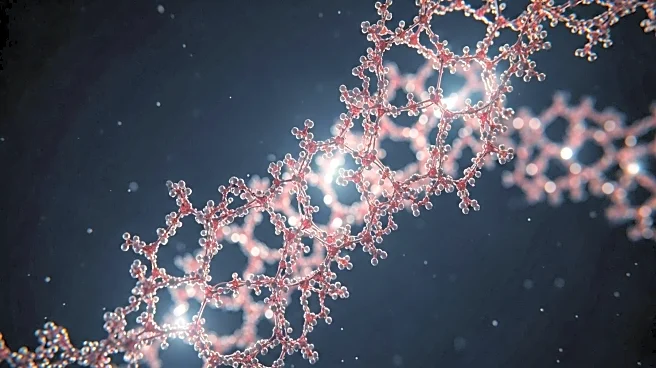What's Happening?
A recent study has investigated the histopathological changes in the conjunctiva associated with the use of topical netarsudil 0.02% in glaucoma patients. The observational comparative case series involved 29 samples from patients undergoing glaucoma surgery, with a focus on those using netarsudil. The study found that patients on netarsudil had significantly thicker conjunctival epithelium and a trend towards higher epithelial cell thickness compared to those on other glaucoma medications. Additionally, all netarsudil-treated samples showed inflammation, a finding that may have surgical implications. The study suggests that netarsudil may increase the likelihood of conjunctival inflammation compared to other glaucoma treatments.
Why It's Important?
The findings of this study are significant for the medical community, particularly for ophthalmologists and surgeons involved in glaucoma treatment. The increased inflammation associated with netarsudil could affect surgical outcomes and patient management strategies. Understanding the histopathological impact of netarsudil is crucial for developing better treatment protocols and potentially improving patient outcomes. This research highlights the need for further studies to correlate these histopathological changes with clinical outcomes, which could lead to more informed decisions regarding the use of netarsudil in glaucoma therapy.
What's Next?
Further research is needed to explore the clinical implications of the histopathological changes observed in patients using netarsudil. Studies that correlate these findings with surgical outcomes and patient experiences could provide deeper insights into the drug's impact. Additionally, exploring alternative treatments or combinations that minimize inflammation while effectively managing intraocular pressure could be beneficial. The medical community may also consider revising treatment guidelines based on emerging evidence from ongoing research.










